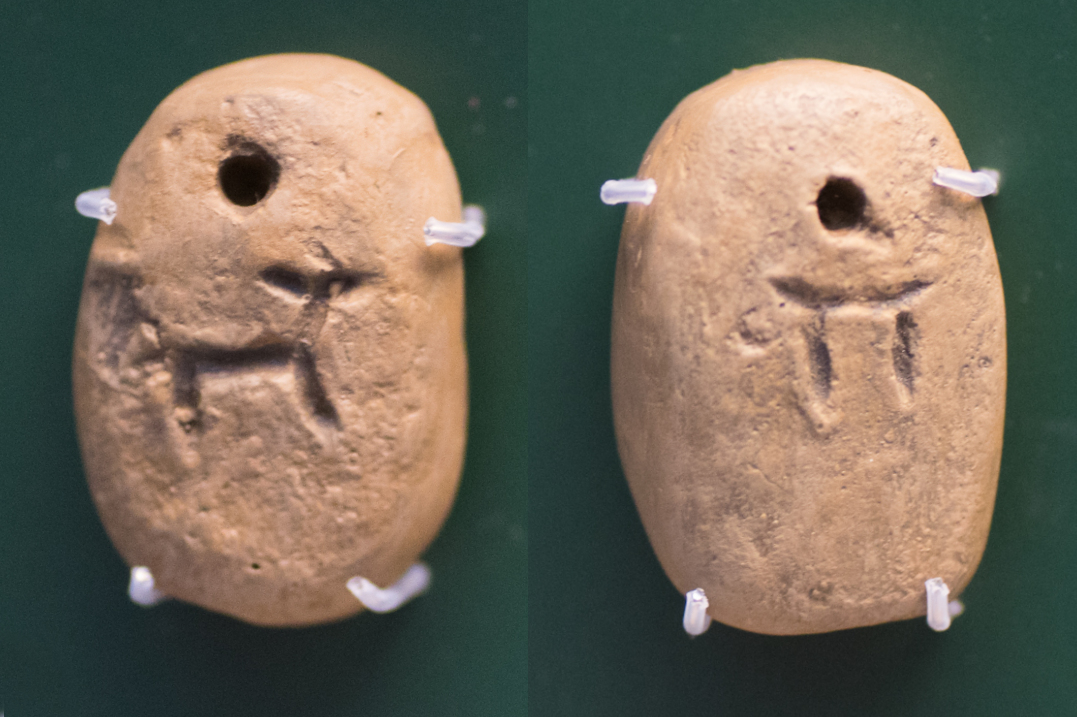Logjam

I was once sitting in a pub talking to a woman who was proud not to understand mathematics and decried an education system that required her to study it at school and a particular example she chose of useless knowledge was logarithms (or “logs”). She claimed (I expect she still does) that nobody uses them except for passing exams. I often think of this, and on a immediate level I am kind of annoyed with myself that I just listened and didn’t come up with examples of their practical use, such as for deriving and working with compound growth/interest rates and such (see below).
This was from an ordinary person, but I suspect many from the high-arty and humanities side of the upper echelons of life would agree with the spirit of what she was saying. “We’ve had enough of ‘experts’,” as one UK politician famously said during the Brexit referendum. [This may be an England thing, where there is a certain culture of celebrating contempt for and ignorance of science and engineering, also known as STEM (“science, technology, engineering, and mathematics”).] In the present 2020 Covid pandemic the complaint is often made that graphs presented with a log-scale “don’t give the real picture”. Not quite as sweeping as “nobody uses them”, but in the same spiritual space. Yet what is often not realised is that in many cases our real experience is of multiplication factors, and logarithms are a perfect way of translating that to our linear visual perception. Let’s just mention hearing — musical pitch relates notes an octave apart; an octave means a factor of 2 in frequency of the pressure oscillation we perceive as “sound”. Further, our loudness perception is measured in “decibels”, a logarithmic scale.
I guess another level of self-annoyance with the pub experience is that mathematics doesn’t need to be defended on purely utilitarian grounds. Not that it can’t make that case (our interaction with electronics devices is packed with mathematical knowledge constantly running in the background as you watch your cat videos). No, mathematics is just as much part of human culture as poetry and the visual arts. After all, writing arose from the accounting needs of complex (probably oppressive) societies. That is, from the dawn of history. Of course, poetry and visual art reach back further into pre-history in oral traditions, and cave and rock paintings and scratchings. I suspect primitive mathematical concepts like number and shape do too.